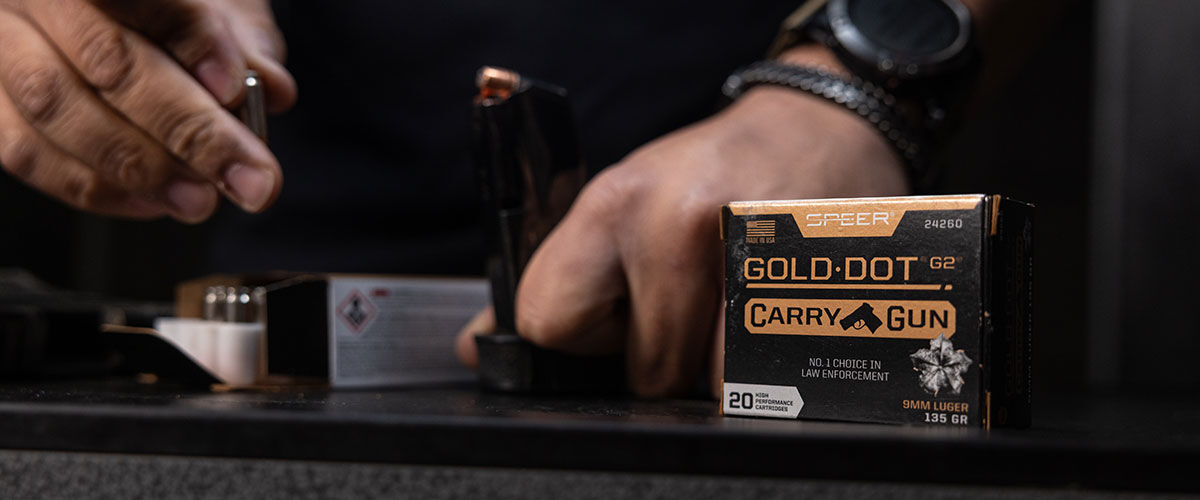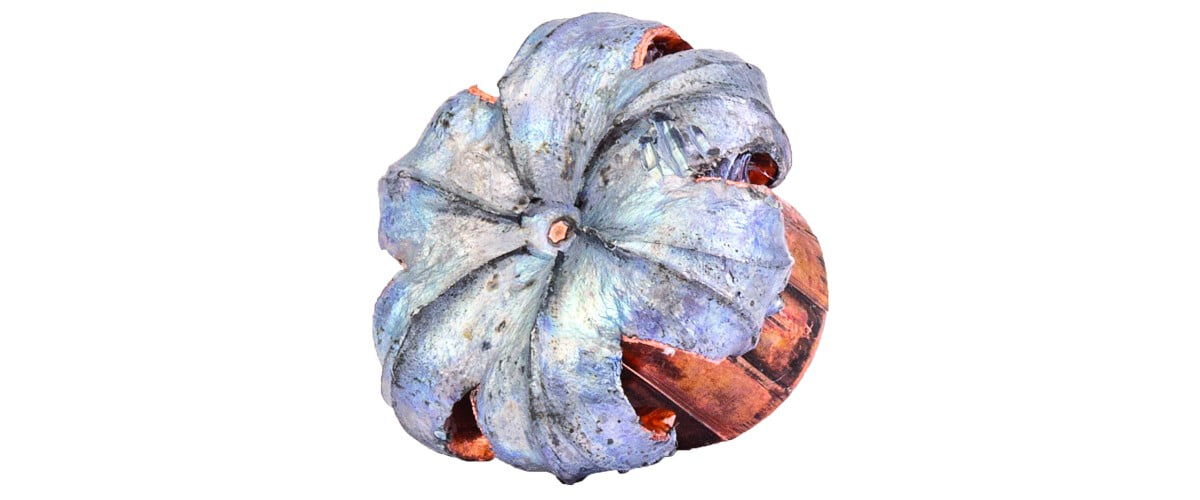
Bullets come in almost countless designs, but those variations fall into two primary categories bonded and non-bonded bullets. There is a place for both, but for most shooters in most situations, a bonded bullet will be the better choice. Let’s explore what makes these projectiles different and reveal the best bonded bullets for hunting and defense.
What Are Bonded Bullets?
So, what is bonding? In short, it’s locking a bullet’s copper jacket to its lead core, primarily through heating, electrochemical jacket application, or high pressure.
Bonding has multiple benefits. First, bonded bullets almost always retain more energy after impact, and that leads to greater straight-line penetration. Big, tough animals with heavy bones like elk, moose, bear, and dangerous African game like Cape buffalo all have heavy muscle, thick skin and dense bone. A bullet that fails to penetrate deeply can result in a wounded animal.

The reason bonded bullets retain more energy is they also hold together better than non-bonded ones. Rather than shed bits of copper jacket and lead, bonded bullets expand in a controlled manner and retain most of their original weight.
The other important application for bullet bonding is self-defense. The goal of any self-defense bullet should be to stop an attacker as quickly as possible, and deep-penetrating bonded bullets like Speer Gold Dot do that. It’s one reason bonded bullets like Gold Dot do so well in gel test protocols, especially through barriers. The retained weight and straight-line penetration is a benefit, especially when a threat is behind a barrier or is wearing heavy clothing.
Are Bonded Bullets Better?
You don’t always need a bonded bullet and, and there are some instances when a non-bonded bullet (traditionally called a cup-and-core bullet) are actually more effective. A non-bonded bullet like Speer’s TNT expands very rapidly, which is ideal on small, soft-skinned animals like foxes, coyotes and prairie dogs. With those animals, rapid expansion is ideal, and that’s why so few people choose bonded bullets for them. In that situation, deep, straight-line penetration is not important.
Pretty much all target and training bullets aren’t bonded and don’t need to be. Precision rifle shooters are more concerned about consistent bullet construction and performance and don’t need deep penetration. In fact, steel targets can be damaged by bonded bullets. That’s by target shooters prefer bullets like Speer’s Target Match.
There’s also the issue of cost. Bonding requires an extra step in the manufacturing process, and that takes time and money. If you don’t need the benefits of a bonded bullet for your shooting application, then you don’t need to spend that extra cash.
The Best Bonded Bullets
Speer virtually created the bonded handgun bullet market with the release of Gold Dot. During the 1980s law enforcement agencies were paying much closer attention to bullet performance and penetration in an effort to more effectively and efficiently stop armed attackers, and the Gold Dot bullet proved ideal. To create Gold Dot, Speer developed a method to electrochemically add the jacket to the lead core one molecule at a time. In doing so, Speer created a hollow point bullet that was bonded to the lead core, promising expansion coupled with impressive straight-line penetration. Gold Dot was—and is—a great option for defensive bullets.

Speer’s electrochemical jacket bonding method isn’t just applicable to defense bullets. It’s the same method used to create the successful Impact hunting bullet, which features a molecularly fused jacket that, combined with its streamlined, boat tail profile makes these bullets exceptionally accurate without sacrificing weight retention and straight-line penetration.
When To Choose Bonded Bullets
Do you need bonded bullets? That depends on your hunting or shooting application, but there are instances where a bonded bullet makes sense. For hunting big game, I prefer a bonded bullet, and I don’t just use them on the largest, heaviest animals.
I think bonded bullets are a must for self-defense. You don’t know what you’ll be facing in a life-or-death situation, but your goal is to end the violent encounter as quickly as possible. Science tells us that a bonded bullet does that, and Speer’s Gold Dot has a proven track record of performance, as does Gold Dot Short Barrel, Gold Dot G2, Gold Carry Gun and Gold Dot Carbine.